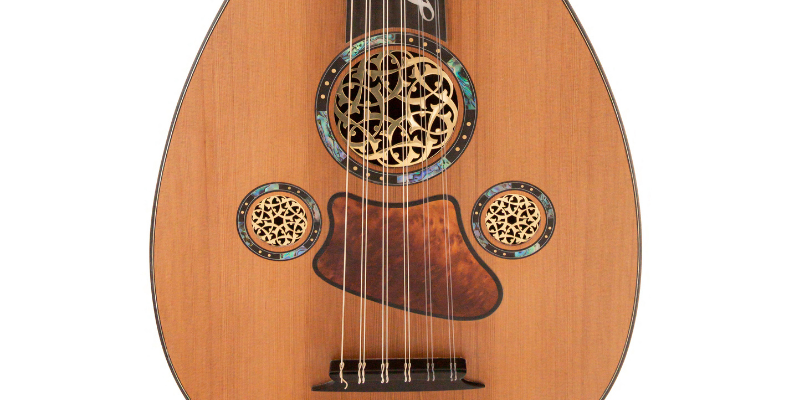The oud is a stringed instrument. It is one of the musical instruments with an older history corresponding to other stringed instruments. Playing the oud can seem a complex thing to do but it becomes easier with practice. So, oud selection is significant. On the other hand, one of the types of oud is Arabic oud. There are many differences between the Turkish oud and the Arabian oud.

Although it has a unique sound, it has a fuller and thicker sound reached to other stringed instruments. The oud is used in entertainment music and was also frequently used in entertainments held in the palace during the old palace periods. Meanwhile, listening to the oud is quite enjoyable for most people. Professional oud categories and the best professional oud materials are topics of interest. You can continue reading our article for more detailed information on the subject.
All about Turkish Oud
The Turkish oud is a fretless pear-shaped stringed instrument. This oud is used in traditional Turkish and Mediterranean music. The unique sound of the Turkish oud is pleasant for every listener, eastern or western. The strings of the Turkish oud are similar to the classical guitar. Playing this oud requires precise intonation on the short fingerboard. The plectrum (risha) used to play the Turkish oud is called the “mizrab” and is held in the right hand. This plectrum (risha) is long and rests in the palm of your hand.
The contemporary Turkish oud is a six-fret oud: it has five pairs and an additional sixth bass string. This extra string allows the instrument to create a more extensive fret range. It also increases the ease of playing by allowing the performer to navigate between three octaves.
All about Arabic Oud
The Arabic oud has a legendary status, and its origins are hidden in ancient times. The legendary story begins with the name al-ud, which traditionally from Arabic means “wood.”
Most accounts trace the oud’s entry into Europe and the Iberian peninsula via North Africa through the Andalusian Umayyad Caliphate in 711 AD.
The oud has a sound of a range of 3 octaves and is used as 11 or 12 strings. There are six groups of wires in wire groupings, and the top bam wire is 11 wires when used as a single and 12 wires when used in pairs. The body of the oud has a structure resembling a half pear. For the body part, woods such as mahogany and hornbeam, which are hardwoods, are preferred. The dorsal side, the back, consists of 20 to 21 equal parts called leaves. The screws on the handle are arranged backward.
The final decision is yours!
The Turkish oud is a type of oud that is more widely used than the Arabic oud. The Turkish oud, which has a loud and sharp sound, is also lighter in weight than the Arabic oud. It is also shorter in length. Its sound comes out clean without any scratching. At this point, it is entirely up to you to choose which oud to buy.
We have discussed what you need to know about Turkish oud and Arabic oud in this article. Our goal is to reduce costs and hassles for our valued customers and to present the best instruments worldwide. You can visit our website for detailed information about our products.







